 OMG, she is so cute! She is a red Vespa GT4 / 150, a hot little Italian number who just wants to have fun. (Does that make me an Italian Lover?) Well, she wanted to have fun, but she was in a coma when she came in. Her battery was DOA, her tires were far too old to be ridden safely, she needed fresh oil in her engine and transmission, and obviously new brake fluid...but her carb. Oh dear. Her carb betrayed her. Like so many gasoline powered machines, she had been sitting in a garage for quite a while with ethanol-mix fuel in her tank, going nowhere. And while she sat, her carb got more and more filled with gunk (that's a technical term)...but worse, while she sat the carb was discontinued by the manufacturer. Worse still, all support (i.e. repair parts) for the carb were discontinued. What could have been a reasonably inexpensive clean / rebuild became a more expensive carb replacement job. The good news was that the same manufacturer had a substitute carb that fit perfectly and worked perfectly as soon as it was installed. But how do you get all that bad gas out? Well, the fuel hose gets disconnected when you pull the carb, how about pointing it into a bucket and letting it flow? Not so fast, Lover Lips. The tank has a gallon of old gas in it and noting is coming out. What gives? Motorcycle fuel tanks on carbureted bikes have a petcock (a valve) between the tank and the carb. In many cases the petcock is bolted into the tank. In other cases, it hangs below the tank. In any case, the valve controls whether or not fuel flows from the tank into the carb float bowl. The carb has a float valve that is supposed to allow fuel into the carb when the fuel level in the bowl gets low...and stop fuel coming in when the bowl is full enough. You see float bowls in the photos above. They are the bowl shaped pieces bolted to the bottom of the carbs. But the float valve is just a weak and tiny thing and bike manufacturers tend not to trust the valve to prevent every little drip from getting through. You can imagine if it sits for a week, letting just one drop of fuel get in every hour, it is not long before you have a flooded engine. Not good. So the float valve is backed up with an upstream petcock (an upstream fuel valve). Many bikes have a manual petcock. You may have noticed a motorcycle rider walking up to his bike, reaching under the fuel tank for some odd reason, and then turning the key and firing up the bike. That rider was opening the petcock. However, some bike have an automatic petcock. In very rare cases it may be electric on a carbureted bike. In most cases, if automatic, it is vacuum operated. When the engine turns over, the cylinder sucks air in through the carb...and when it does, it creates a little low pressure area (a little vacuum) right at the carb inlet. And that is where a tube is attached that carries that vacuum to the flexible diaphragm in the petcock, that gets sucked back under vacuum, and pulls the fuel valve open, allowing fuel to flow. So...sitting on the lift not running, this little Vespa would not allow any fuel to flow from the tank, into the fuel line that connected to the carb. No vacuum, no fuel flow, no draining the tank. Hmmm. What we need here is something that sucks. Not much sophistication is required. An ordinary syringe provides all the suction required to open the valve when connected to the vacuum port on the bottom of the petcock. A little white plastic fitting was used to connect the fuel hose to a longer piece of scrap hose leading into a disposal bucket and è fatta (it is done). The rest of the work is pretty normal stuff, except that Vespa uses the oddest collection of nuts and bolts imaginable. It is a tiny, lightweight machine, yet it has some of the largest nuts and bolts you will see on a motorcycle. The front brake caliper bleed screw was half as big as the entire caliper. I suppose Italian lovers are know for having a few idiosyncrasies... Her brake fluid was nasty and low, but cleaned up nicely. Removing her rear wheel requires first removing the exhaust manifold and muffler (not unheard of). Getting to the front brake master cylinder required removing the headlight faring (weird). But, her rear brake shoes and front brake pads were just fine. The front wheel is attached with five little lug screws, allowing the brake disk and caliper to remain untouched when removing the front wheel, just like your car does (very cute). Tires were a little bit of a battle. A normal larger motorcycle wheel is a bit easier to mount because the curve of a 17 inch wheel is much gentler than the curve of a 10 inch wheel. The amount of flex require to mount each tire is about the same, but it is a much larger percentage of the tire diameter when the wheel is 10 inches in diameter. A little tougher...but certainly within reason.
So there you have it. The hot little Italian number is back home doing what she does best, making big smiles. What more can a WrenchMonster ask for? Comments are closed.
|
Categories
All
Archives
January 2024
|
|
© WrenchMonster 2018
|
WrenchMonster™ is a Division of DemonLite, LLC.
|


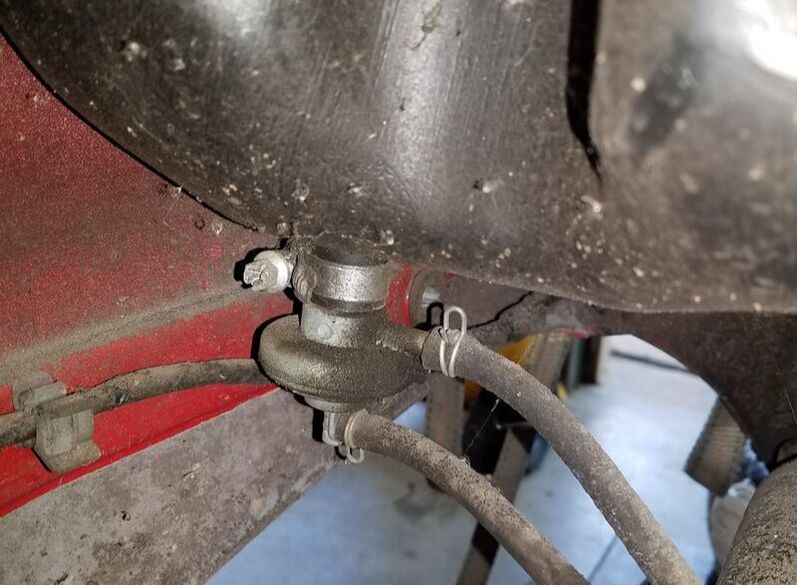
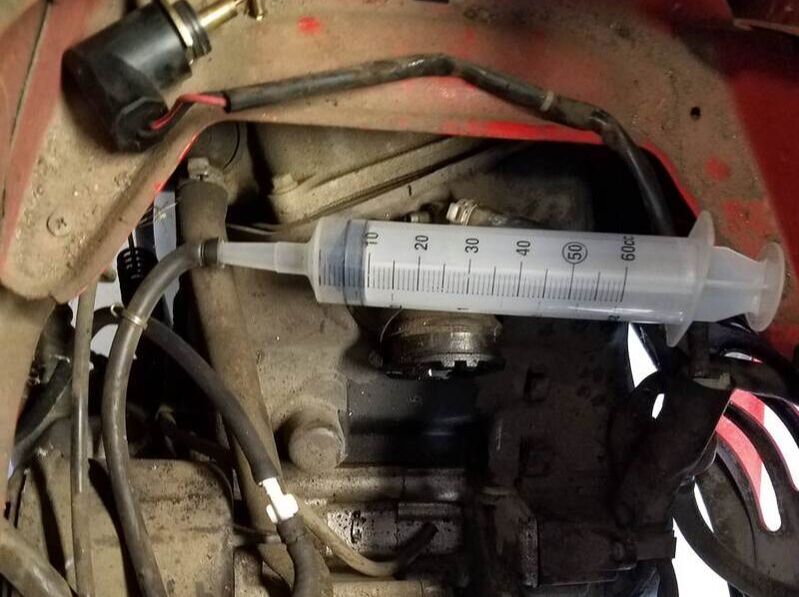
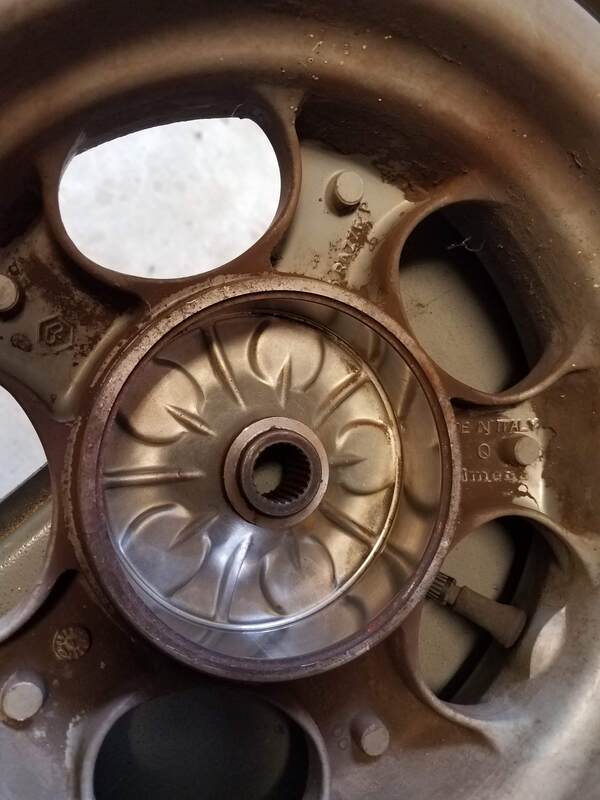
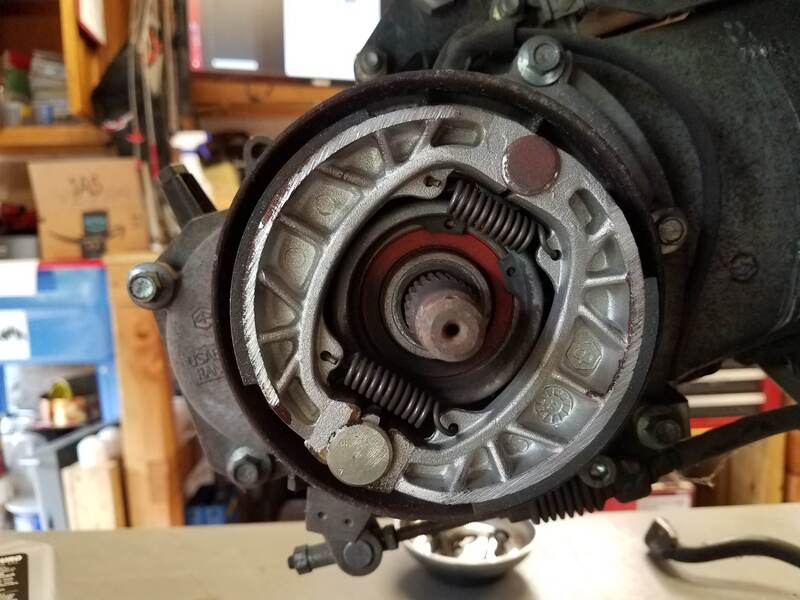

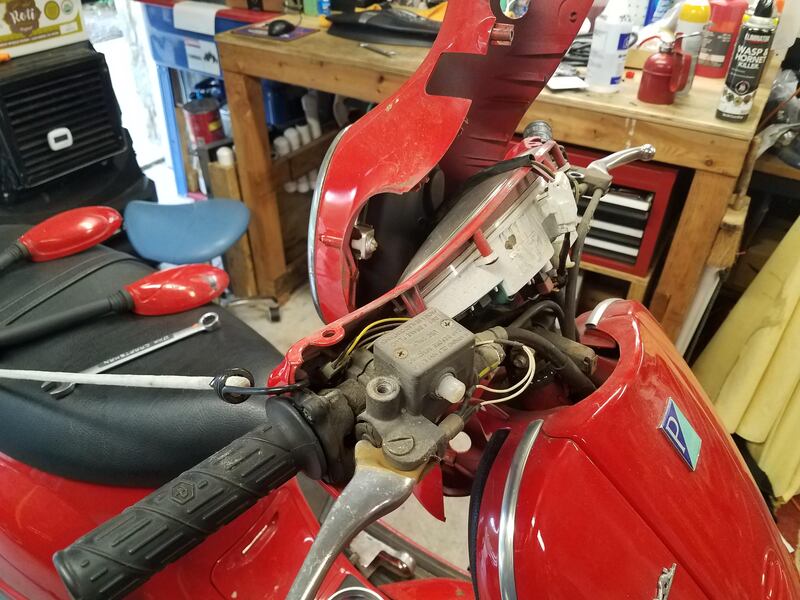

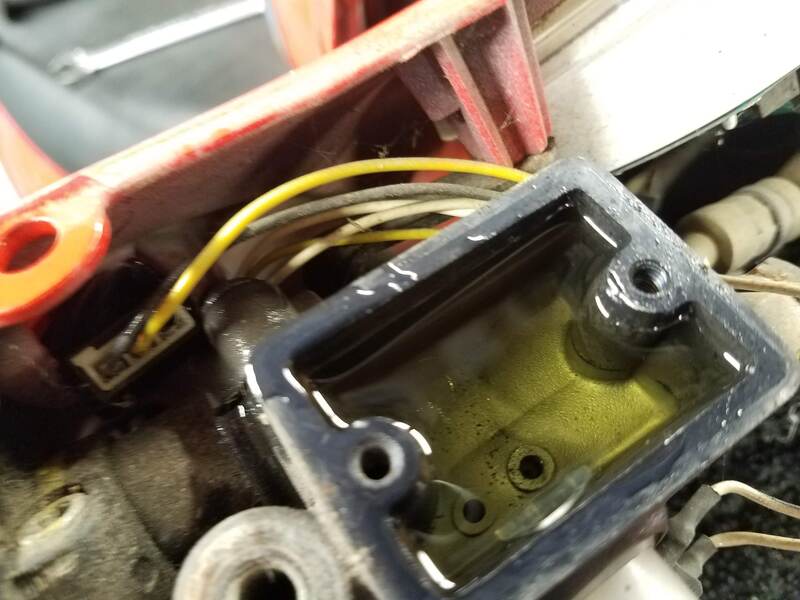
 RSS Feed
RSS Feed